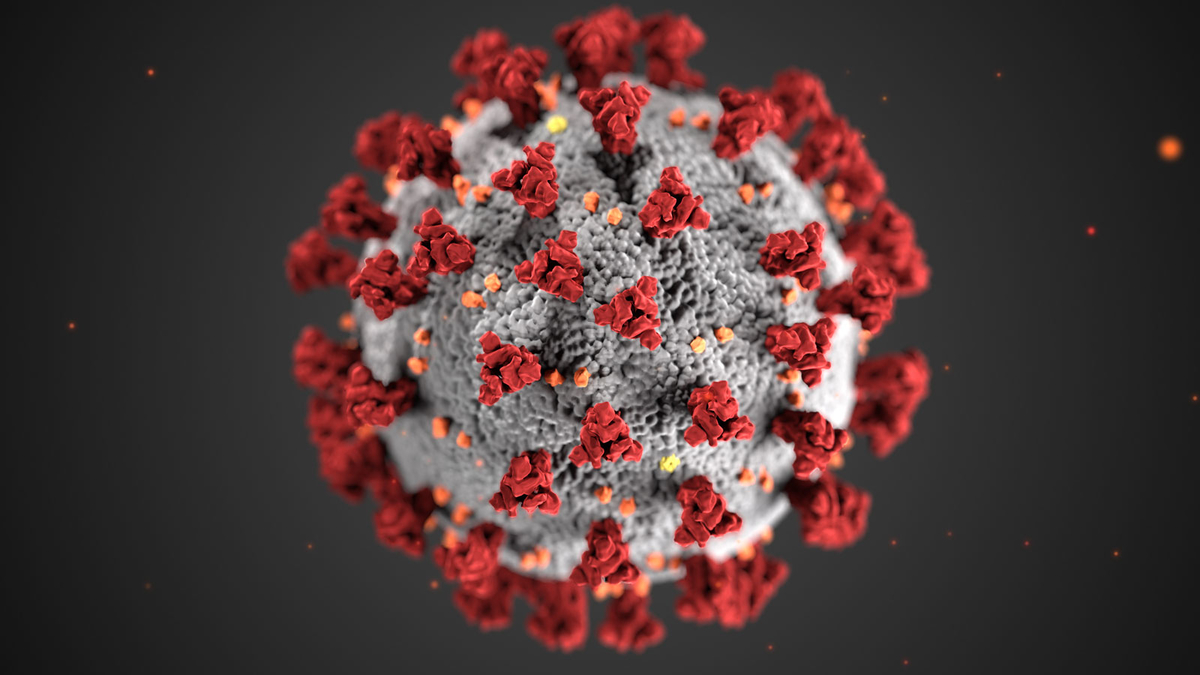Cells taken at the time of diagnosis from patients who later developed severe COVID-19 exhibit a suppressed antiviral response, according to a new study.
The research was published in the scientific journal Cell. Researchers have learned a lot about COVID-19 and its viral aetiology, SARS-CoV-2, in the last 18 months. They understand how the virus enters the body, infecting the mucus layers of the nasal tube after entering through the nose and mouth.
They know that infections that remain in the upper airway are likely to be mild or asymptomatic, while infections that progress down the airway to the lungs are much more severe and can lead to fatal diseases.
They have also identified common risk factors for severe diseases, like age, gender, and obesity. But there are still many unanswered questions — such as when, and where, the course of severe COVID-19 is determined. Does the pathway to severe disease begin only after the body has failed to control mild disease, or could it start much earlier than that?
Researchers at the Ragon Institute of MGH, MIT, and Harvard; the Broad Institute of MIT and Harvard; Boston Children’s Hospital (BCH); MIT; and the University of Mississippi Medical Center (UMMC) wondered whether this path towards severe disease could start much earlier than expected — perhaps even within the initial response created when the virus enters the nose.
To test this, they studied cells taken from nasal swabs of patients at the time of their initial COVID-19 diagnosis, comparing patients who went on to develop mild COVID-19 to those who progressed into more severe disease and eventually required respiratory support.
Their results showed that patients who went on to develop severe COVID-19 exhibited a much more muted antiviral response in the cells collected from those early swabs, compared to patients who had a mild course of the disease.





